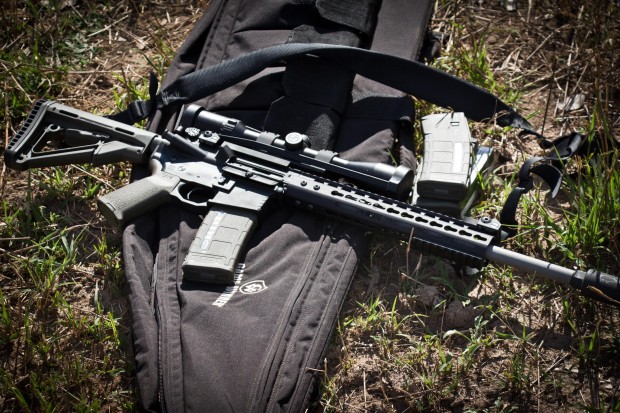When you need a scope for the Range or for hunting it’s important that you get the right one for your rifle so that you can have the most accurate shots possible at long distances. Ultimately it’s about getting a product that will enhance your aim in the range of your weapon. Here are some top tips on how to choose the right rifle scope and what you can expect to spend for improving the accuracy of your rifle.
Spend at least half the price of your rifle on a scope: for full accuracy and reliability most scopes are going to cost about half of what you spent on your rifle. Cheap scopes are far less reliable and will quite often lead to a product that doesn’t last that long and simply causes you to miss shots time and time again. A compatible rifle scope for your weapon usually cost around half the price of what you spent on your rifle. Although this might seem a little bit extreme ultimately you will be extending that rifles range considerably and that improvement is well worth paying for.
Look at lens quality: the lens is the main part of any rifle scope and it’s usually best to look into an image quality from a well-known lens manufacturer. Look into manufacturers like Bushnell, Redfield Nikon, Zeiss, Burris and Trijicon to name a few as these are manufacturers known for their lens quality. You can also find stats on their light transmission. Higher-quality scopes will have a range of light transmission from 90 to 95% but the ultimate scopes have 98% light transmission. This means you can get a crystal-clear picture of your target even very far away.
Consider your magnification based off of what you want to do with your rifle: depending on the size of the target you want to hit you will want to change your magnification range. If you plan on going small game hunting or target hunting 6 to 20 times or 8-25x variable scopes are perfect. For larger targets like deer you can go between for to 12 times or 3 to 9 times for white tail deer.
Consider objective lens and exit pupil: shooting in daylight is easy with a 33 to 40 mm objective lens, but you will definitely want larger for shooting at night. The exit pupil is the light that actually comes through the scope that is picked up by your eye. Usually the larger the exit pupil, the more you can see. 7 mm is considered the standard for most untrained shooters and as you go further towards 1.5 mm it gets more difficult to shoot at high magnification.
Durability: the main tube that makes up the ocular and objective bells can be made in several different ways. Usually the best rule of thumb is to look at the number of pieces that go into this piece. If the scope is made of one solid made tube usually get a better level of durability versus a tube that is made up of 2 to 3 parts. The most popular sizes are usually around 25.5 mm to 30 mm for tubes.
Look at the reticle: many scopes have different types of reticles but ultimately it’s down to your preference. A Reticle will help you to aim as well as help you to determine the distance to the target in an MOA based format. You can also get ballistic reticles that will help you see bullet drop in crosswind, and many more examples. Ultimately you need to pick one for your style of shooting and one that is easy for you to read.
